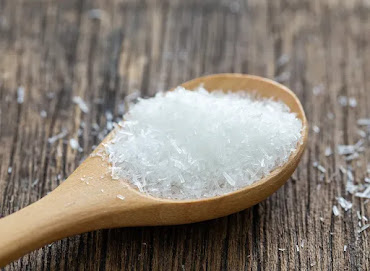Caffeine keeps us awake; the real science behind it?
Every year, around 100,000 metric tons of caffeine are consumed worldwide. This is the equal of 14 Eiffel Towers in weight. Caffeine is mostly found in coffee and tea, but it can also be found in sodas, chocolates, caffeine pills, and even decaf beverages. Even if we haven't gotten enough sleep, caffeine makes us feel alert, focused, cheerful, and active. But it can also make us feel worried and spike our blood pressure. It is the most extensively used drug in the planet. So how does it keep us awake? Caffeine evolved in plants and performs a variety of functions. It is harmful to insects in high concentrations, as it is found in the leaves and seeds of some species. However, at little doses, such as those present in nectar, it can actually help them remember and revisit flowers. Caffeine functions as a stimulant for the central nervous system in humans. It keeps us awake by blocking one of the body's key sleep-inducing molecules, a substance called adenosine. Your body requir





